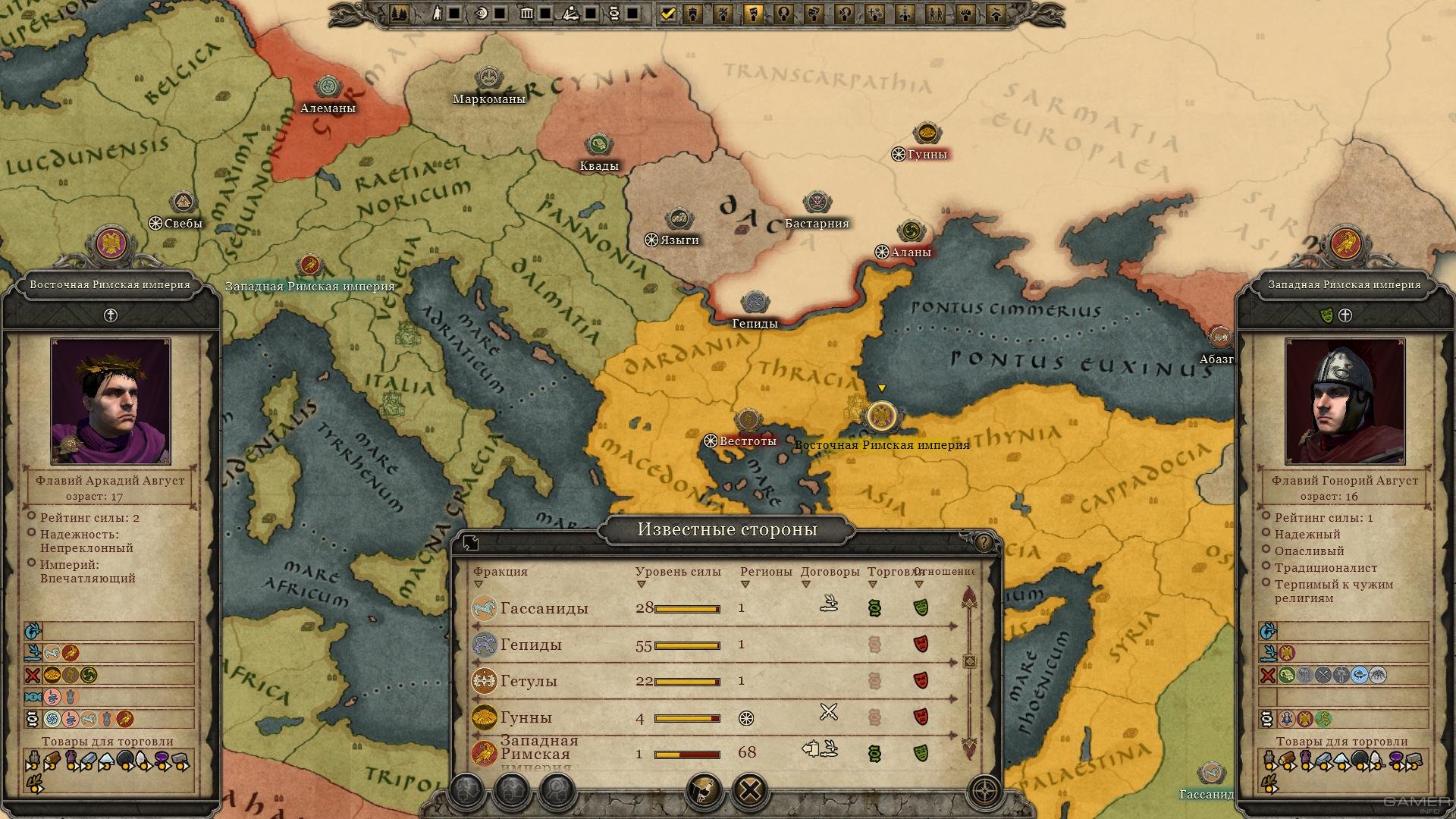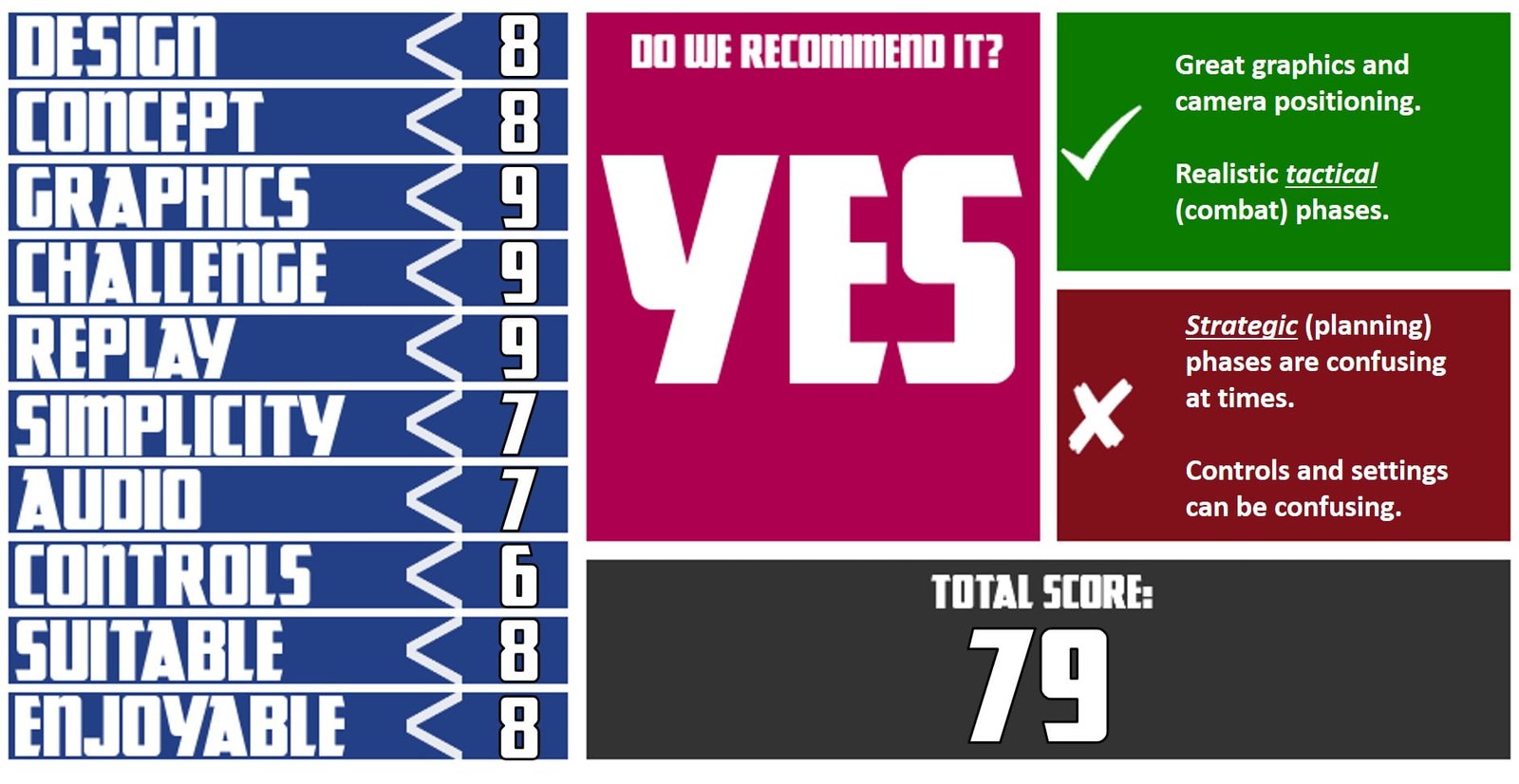
We have no limits on how many tiles/layers can be combined. Each layer has diffuse, normal and specular/gloss textures, so this can be 24×3 = 72 textures per pixel. Each tile has its own 8 texture layers, but at certain points we need to blend all three together, which means blending 24 layers per pixel potentially. To hide tile edges, we also need to blend between the tiles itself.įor example, you can imagine a T junction where forest, desert and marshlands meet. As a result, each battle is made up of several tiles. You can think of each tile as a single map, but when you start a battle on a portion of the campaign, we construct the battlefield from all the tiles (which can be of any shape and size) around. To cope with this, artists edit and create tiles. It would be near impossible for artists to handcraft it all. The world map is massive in the Total War games. We also have lots of custom meshes (cliff pieces for example), which needs to blend to the terrain textures (which are already a combination of several layers).Įach battlefield consists of multiple tiles. We also have to support instant teleport (when the player clicks somewhere on the mini-map), which poses additional difficulty with streaming techniques. We have to break tiling patterns and must have smooth transitions between terrain types. We focus on mid-far distance, rather than focusing on near.

Due to being an RTS game our terrain needs are somewhat different to first-person titles. Terrain is the one of the most important part in our game.

#Pixel 3 total war attila images full
In the image below, you can see a screenshot from Total War: Attila showing the engine in full flow. We don’t render terrain into the shadow map, but – as you can imagine for an RTS – we render tons of small meshes, compared to FPS/TPS game, which tend to render fewer, but more detailed meshes. We use cascaded shadow maps with 2-4 cascades depending on the graphics settings. We started every frame with rendering shadows from the main directional light. In the next post or two I will walk you through the major changes and optimizations we made during Total War: Warhammer. Let me start with a quick overview of the state of the rendering pipeline after we finished Total War: Attila. Porting to DirectX® 12 opened up new opportunities and helped us to better understand the graphics hardware.

Working closely with AMD was a great help achieving our goals.
#Pixel 3 total war attila images series
We’re extremely lucky to have Tamas Rabel, Lead Graphics Programmer on the Total War series providing us with a detailed look at the Total War renderer as well as digging deep into some of the optimizations that the team at Creative Assembly did for the brilliant, Total War: Warhammer.ĭuring the development of Total War: Warhammer the primary focus of the Graphics Team was performance and stability. For the next few weeks we’ll be having a regular feature on GPUOpen that we’ve affectionately dubbed “Warhammer Wednesdays”.


 0 kommentar(er)
0 kommentar(er)
